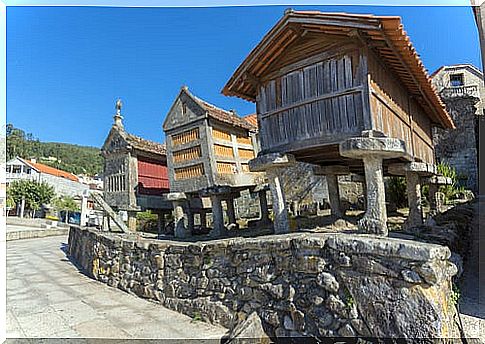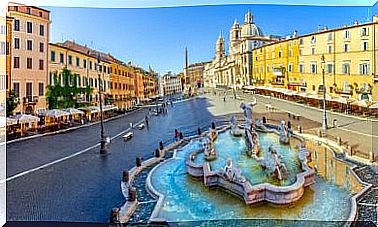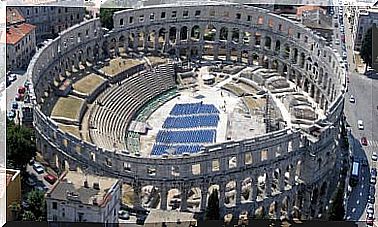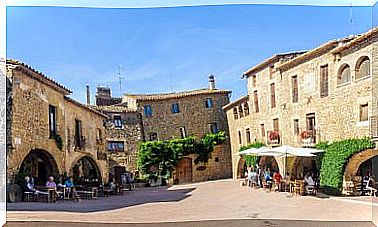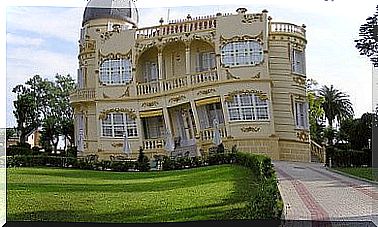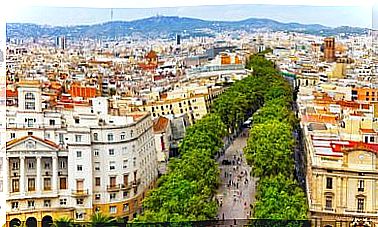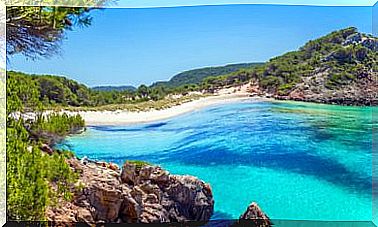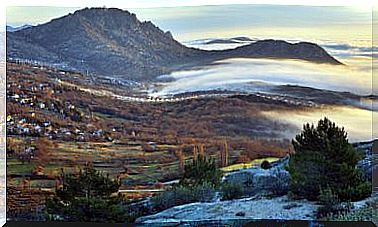Cotobade And The History Of The Struggles Against The Napoleonic Troops

Cotobade is a place steeped in history. It is an old municipality in Galicia that resisted the onslaught of the Napoleonic troops thanks to the courage and ingenuity of its population. To know it is to enter the history of Spain. Do you dare to come with us?
The origin of Cotobade
Located in the southern part of Galicia, we can find the remains of the old town of Cotobade. This is a space in the province of Pontevedra that is made up of around 135 square kilometers.
The origin of its name is based on the expression Couto do Abade , which can be translated as ‘limit of the Abbot’. This name is due to the fact that this place belonged to the jurisdiction of the Benedictine Convent of Tenorio.
Meanwhile, its origin dates back approximately to the Bronze Age or the Iron Age, as there is archaeological evidence of these periods. In the area you can find numerous petroglyphs – more than 150 – where circular representations proliferate, hunting scenes, some animals, among others.
Two of them stand out: a petroglyph with the image of a deer and another with what has been identified as a kind of idol. In addition, there are other archaeological remains with zoomorphic figures and the remains of an ancient tower and the traces of the Tenorio castle.
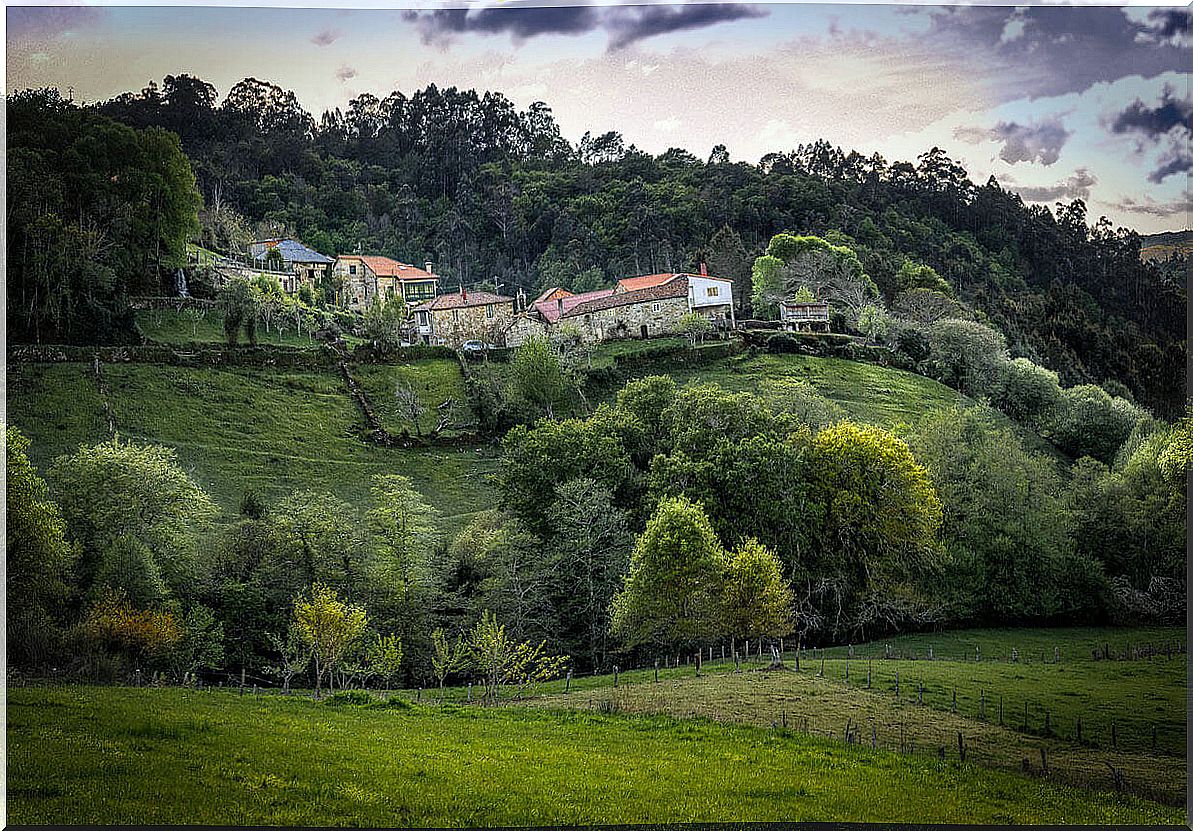
Cotobade’s role in the struggles against Napoléon
The importance of Cotobade for history is found in its important role during the war for Spanish independence before the Napoleonic occupation. It is something that was reflected not only in the history books, but also in his shield.
In the heraldry of this town we can find a very important element: the representation of a cannon on which the inscription of the year 1809 is observed. This constitutes an emblem that shows the important resistance that the inhabitants of those times opposed to the Napoleonic invasion that Spain suffered from February 1808.
After the Bayonne Capitulations, in which Kings Carlos IV and Fernando VII handed over power to Napoleon Bonaparte, part of the Spanish population rebelled. Thus began to develop the defense of Spanish territory through humble people, who did not have any kind of distinction.
These were peasants who operated resisting through a guerrilla war, in which Cotobade played a very important role. The inhabitants of this Galician town managed to defend the population with the most artisanal weapons. The most notorious was the Battle of the Sampayo Bridge.
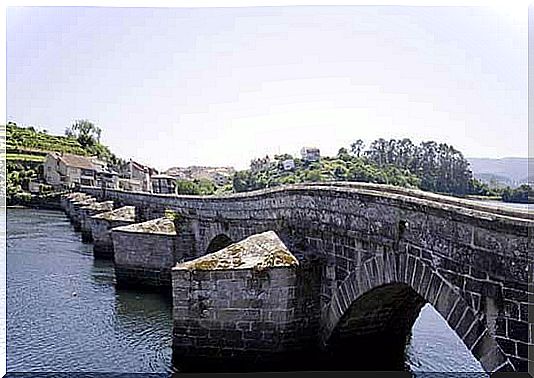
The famous wooden cannon
The Battle of the Sampayo Bridge is remembered above all for the presence of the wooden cannon, which became part of the town’s coat of arms. For this combat, the inhabitants of Cotobade awaited the enemy armed with farming instruments, but also with cannons made from the trunks of the oaks in the area, the only material available to attack the invaders.
To do this, they placed a barricade in the vicinity of the bridge and filled its cannon with gunpowder and shrapnel. Thus, when the enemy was close, they detonated their particular cannon and caused numerous casualties in the French troops, which led to their hasty retreat and the start of the French troops leaving Galicia.
Other attractions of Cotobade
In addition to the places linked to the battles against the Napoleonic troops, in Cotobade you can find many other tourist attractions. For example, it is a place with various natural landscapes, where you can go on various hiking trails.

Another alternative is to travel the channels of several rivers such as Verdugo, Calvelle and Barbeira. It is also possible to visit other monumental sites, such as the Almofrei bridge and the Church of San Lorenzo de Almofrei, or some of the remains from the Roman era that still remain in its vicinity.
In short, in this Galician town, you can enjoy history, nature and cultural heritage, making it an ideal space to visit for a weekend. Cotobade is a place full of harmony, which you will surely love.
Cover image: courtesy of Diario de Pontevedra.
